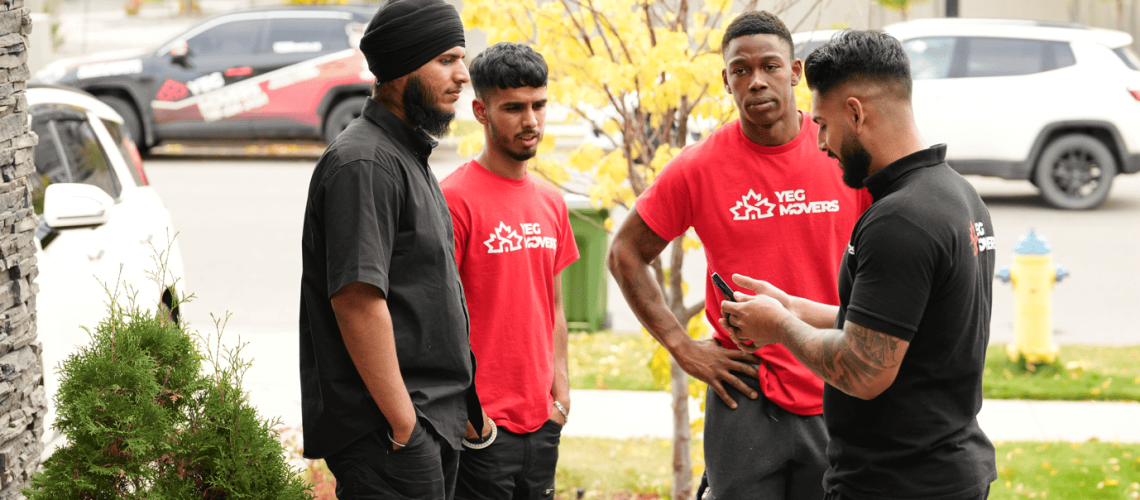Moving plants requires special care to ensure they survive the transition to your new home. Different plant species have unique needs during transport, making preparation crucial for their well-being. This guide outlines the best methods to protect your greenery while relocating. If you’re looking for top-rated moving services in Edmonton, consider a company that understands the importance of handling delicate items like plants.
Pre-Move Plant Care
Start preparing your plants a few weeks before the move to minimize stress. Trim excessive growth and remove any dead or damaged leaves. If your plants are in heavy or fragile pots, transfer them to lightweight plastic containers to reduce breakage risks. Inspect for pests and treat any infestations in advance. Slightly reduce watering to make plants easier to transport while still keeping the soil lightly moist. If moving across state or provincial borders, check local agricultural regulations to ensure compliance. Pay attention to temperature needs when planning your moving schedule.
Packing Techniques for Different Plant Types
Securely packing plants prevents damage during transit. Small plants can be grouped in open-top boxes with dividers to keep them upright. Tall or top-heavy plants benefit from support stakes to prevent bending or breakage. Wrap pots in plastic bags to contain soil and moisture while reducing mess. Use paper collars or lightweight cardboard barriers around fragile leaves and stems to prevent breakage. Cacti and succulents require extra padding between plants to avoid punctures or crushing. If transporting delicate plants, consider temporary greenhouse-style coverings for added protection.
Transport and Environmental Control
Maintaining a stable environment is essential when moving plants. Keep the vehicle’s temperature controlled to prevent shock. Ensure proper airflow without exposing plants to harsh wind currents. Position plants securely to prevent tipping or shifting during transit. If moving in extreme weather conditions, schedule transport during cooler parts of the day. Minimize extended exposure to darkness, especially for plants that require consistent light. Check moisture levels throughout the journey and plan for immediate unpacking upon arrival. Once in your new home, gradually reintroduce plants to their normal care routine to help them adjust.
Moving with plants requires careful planning, but with proper preparation, they can thrive in their new environment. Whether relocating a single plant or an entire collection, taking these precautions will help ensure their safe arrival.
For those settling into a new home and looking to enhance their outdoor space, Blossom Landscaping offers professional Vancouver landscaping services to create the perfect garden oasis.
Other related articles:
– Complete Expert Tips: How to Pack Necklaces for Moving
– Professional Guide: How to Wrap Furniture for Moving


